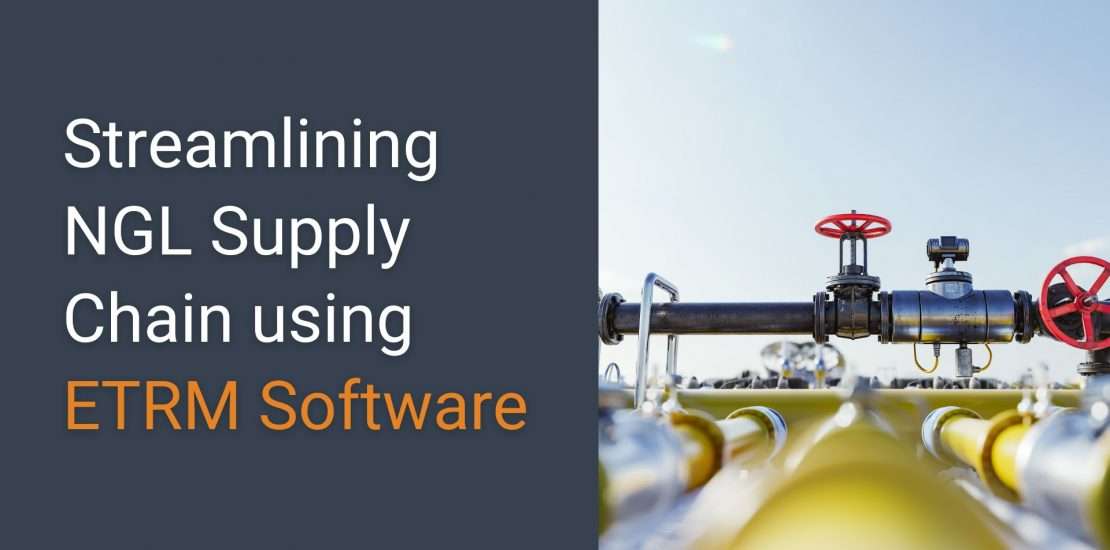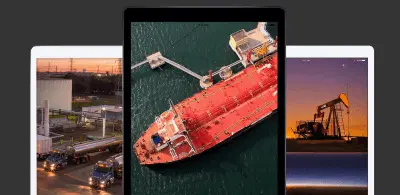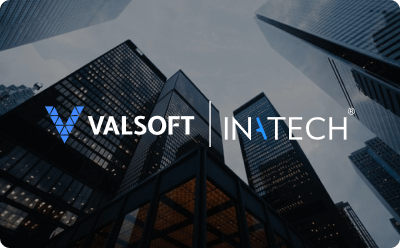Streamlining LNG Supply Chain using LNG ETRM Software
- July 19, 2022
- Posted by: Anand SEO
- Blogs

From 1970 to 2021, liquefied natural gas trade volume increased by 513 billion cubic meters in the global energy markets. This is in line with the growing impetus on reducing greenhouse gas emissions and adopting cleaner, alternative fuels. Since natural gas is not an abundant natural resource in many countries, its movement across continents is critical as a clean-burning fuel in many countries including India and China, which are major importers.
However, there remains challenges due to complex natural gas liquids or LNG lifecycle starting from capturing physical transactions to enabling tracking and movement of the LNG. This underlines the importance of an LNG ETRM software that can support the different forms and and costs across the supply chain.
LNG Supply Chain and Trading: Unique Challenges
There are some unique challenges when it comes to natural gas liquids.
-
Complex lifecycle: It involves multiple steps—production, transportation in pipelines, liquefaction, storage, transportation by vessel, storage, and regasification and finally consumption.
-
Complicated deal pricing formula: Pricing formula are complicated and the use of legacy systems or spreadsheet can make it difficult to set up. Moreover, LNG producers rely on net back to assess options. This means they also need to evaluate the trade based in oil price indices and track the purchase price of natural gas as well as oil-based indices and costs.
-
Change in contracts: Previously, long-term contracts accounted for almost 95% of the gas traded. However, the contracts are evolving and around 33% of the LNG trade is through short-term contracts. In fact, flexible destination contracts are being increasingly used.
-
Arbitrage: Usually, traders need a pricing system to help them run simulations, evaluate options, and assess current pricing as they prefer to buy and sell spot, long or short-term contacts. However, price volatility, lack of transparency, and delayed access to pricing make trading challenging.
-
Complex vessel/voyage planning and scheduling: Since LNG supply chain involves many forms, logistics is complicated and requires risk management. Destination port, or trade routes can impact costs as well as insurance. Moreover, with limited hedging exposure, traders need more than traditional risk management tools.
NGL Supply Chain and Trading: Bottlenecks
NGLs (propane or butane) is a low-margin business and, thus, may not have deep pockets. Also, since propane moves on rail cars, there are delays which can lead to negative inventory. However, that negative inventory needs to be replenished on top of the existing demand, resulting in perpetual negative inventory.
Customers have a personal investment in this business and usually make a deposit to the supplier of up to 10 cents per gallon. Whilst invoicing, the supplier needs to raise an invoice deducting the accumulating (diminishing) deposit across cross contracts. Moreover, wholesalers also pay deposits to the suppliers. The other unique challenge is that the change in measuring units as propane is lifted in loads and the balance should be shown in loads instead of gallons.
Overcoming Challenges: ETRM Software for LNG
It is difficult to manage LNG trading on legacy systems or spreadsheets due to complicated pricing and volatility. That is why traders need a specialised trading and risk management solution that can handle multiple location or flexible location contracts as well as complex pricing, captures trade automatically, identifies risks, supports decision-making with current and historical data, manage the complicated logistics and products that require liquefaction and regassification across long distances.
What to Look for in an LNG ETRM Software
When considering an ETRM, you need to choose one that caters to nat gas as well as natural gas liquids including LNG. Here’s what you need to look for in your ETRM.
-
Covers the entire LNG lifecycle—liquefaction to regasification
-
Supports NGLs and the mid-stream deals—processing and fractionation
-
Simulates the input, output, costs, and losses of both liquefaction and regasification for accurate tracking
-
Manages every aspect of the contracts be it related to storage or transportation
-
Evaluate positions and exposures—value at risk (VaR), mark-to-market, stress testing, P&L, etc.
-
Monitors and tracks all transaction data to manage exposures
-
Offers visibility into credit risk as well as manage and reduce operational risk
-
Access accurate settlement and invoicing, assignment of trade fees and pricing
Final Words
LNG businesses face evolving challenges in volatile energy markets. This warrants the need for a next-gen ETRM solution that can support the entire supply chain of nat gas and natural gas liquids (NGLs), decreasing operations and credit risks and protecting profits. A single, integrated system can help you manage movement of products and track them in real-time to make rapid, data-driven decisions involved in trading, position management, scheduling, and others.
Inatech Natural Gas and NGLs ETRM is a dedicated cloud-based trading and distribution software for natural gas and NGL traders. It is built on modern architecture and equipped with in-built ERP, and powerful analytics.
To know how you can seamlessly integrate our industry-leading ETRM in your LNG business, get in touch with us today!


